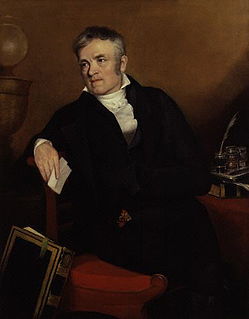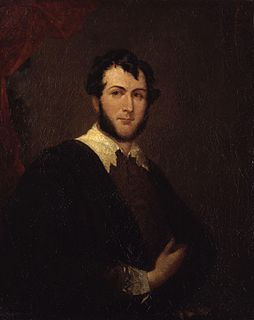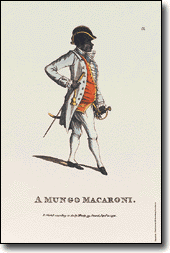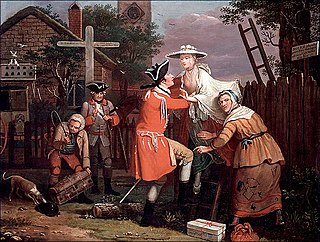M Dorothy George | |
|---|---|
| Born | Mary Dorothy George 1878 |
| Died | 1971 (aged 93) London, England |
| Occupation | Historian, |
| Known for | Historian |
M Dorothy George (1878–1971), née Gordon, was a British historian best known for compiling the last seven volumes of the Catalogue of Political and Personal Satires Preserved in the Department of Prints and Drawings in the British Museum , the primary reference work for the study of British satirical prints of the eighteenth and nineteenth centuries. [1] . Educated at Cambridge University she graduated in 1899 with a first class degree in History [2] . During the first World War she worked in British Intelligence for MI5 [2] ; before returning to academia as a research scholar at the London School of Economics.
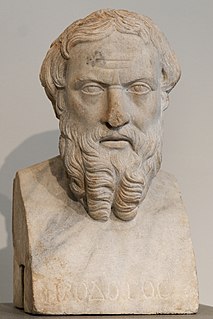
A historian is a person who studies and writes about the past, and is regarded as an authority on it. Historians are concerned with the continuous, methodical narrative and research of past events as relating to the human race; as well as the study of all history in time. If the individual is concerned with events preceding written history, the individual is a historian of prehistory. Some historians are recognized by publications or training and experience. "Historian" became a professional occupation in the late nineteenth century as research universities were emerging in Germany and elsewhere.
The twelve volume Catalogue of Political and Personal Satires Preserved in the Department of Prints and Drawings in the British Museum is the primary reference work for the study of British satirical prints of the 18th and 19th century. Most of the content of the catalogue is now available through the British Museum's on-line database.
Contents
George's work on the BM Satires, begun in 1930 on the invitation of the Museum Trustees [2] [3] , was a massive work of great scholarship [2] that systematised a large corpus of previously undocumented source material and recorded its complex historical context. Her work covered over 13,000 prints from the "golden age" of British satirical printmaking and its leading artists such as Matthew Darly, James Sayers, Robert Dighton, James Gillray, Thomas Rowlandson, Isaac Cruikshank, Richard Newton. Charles Williams, William Heath, Isaac Robert Cruikshank and George Cruikshank, and many others. The catalogue entries were scanned as part of the British Museum's ongoing digitalisation project of its collections [4] and provide the basis for many of the entries on the British Museum on-line catalogue.
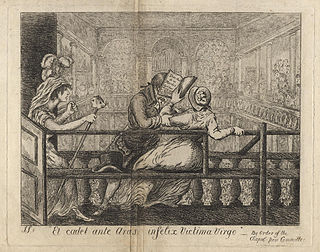
James Sayers was an English caricaturist. Many of his works are described in the Catalogue of Political and Personal Satires Preserved in the Department of Prints and Drawings in the British Museum which has an extensive holdings of his works collected at the time of original publication by Sarah Sophia Banks.
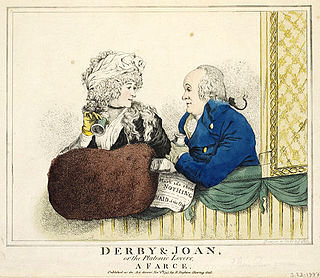
Robert Dighton was born c.1752 in London and died there in 1814. An English portrait painter, printmaker and caricaturist, he was the founder of a dynasty of artists who followed in his footsteps.

James Gillray was a British caricaturist and printmaker famous for his etched political and social satires, mainly published between 1792 and 1810. Many of his works are held at the National Portrait Gallery in London.

